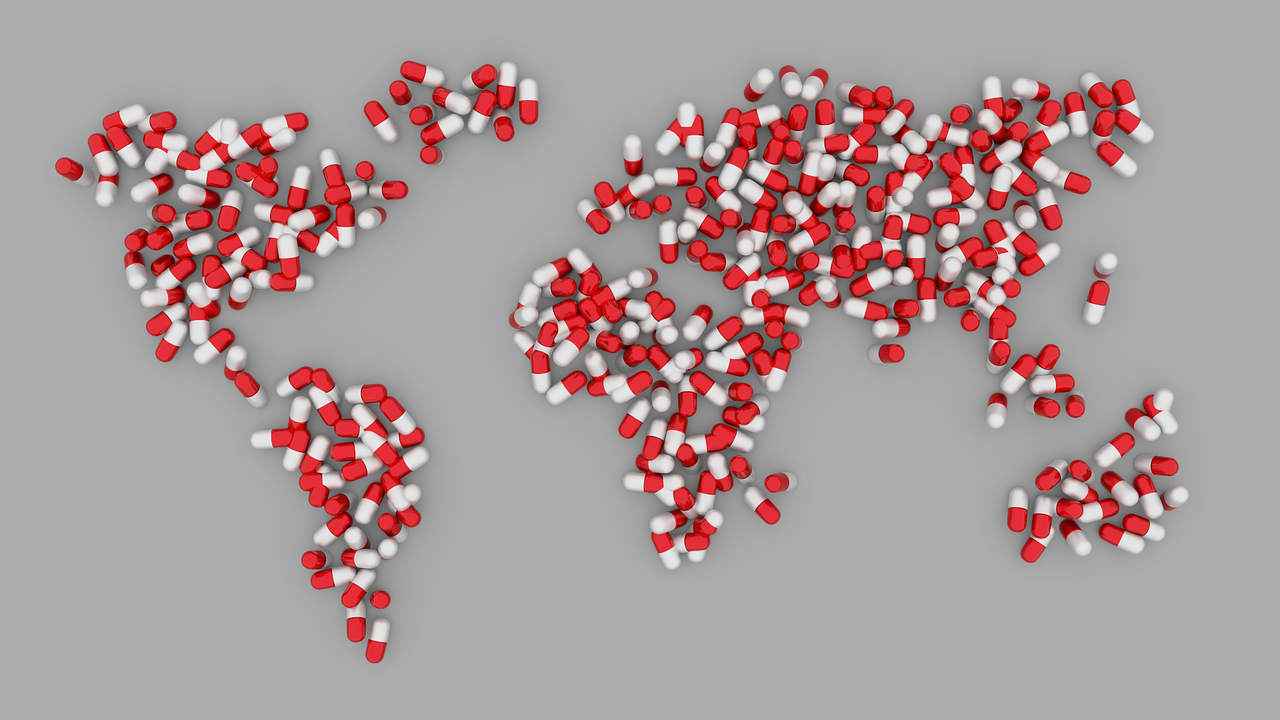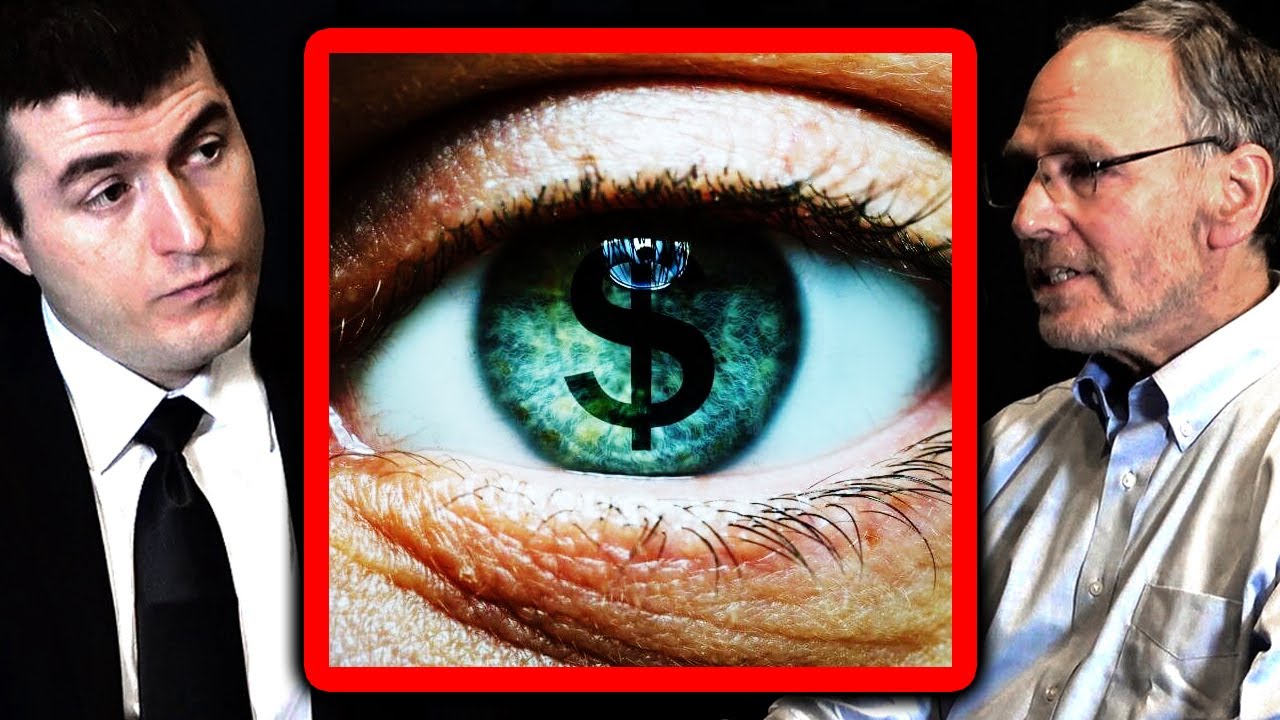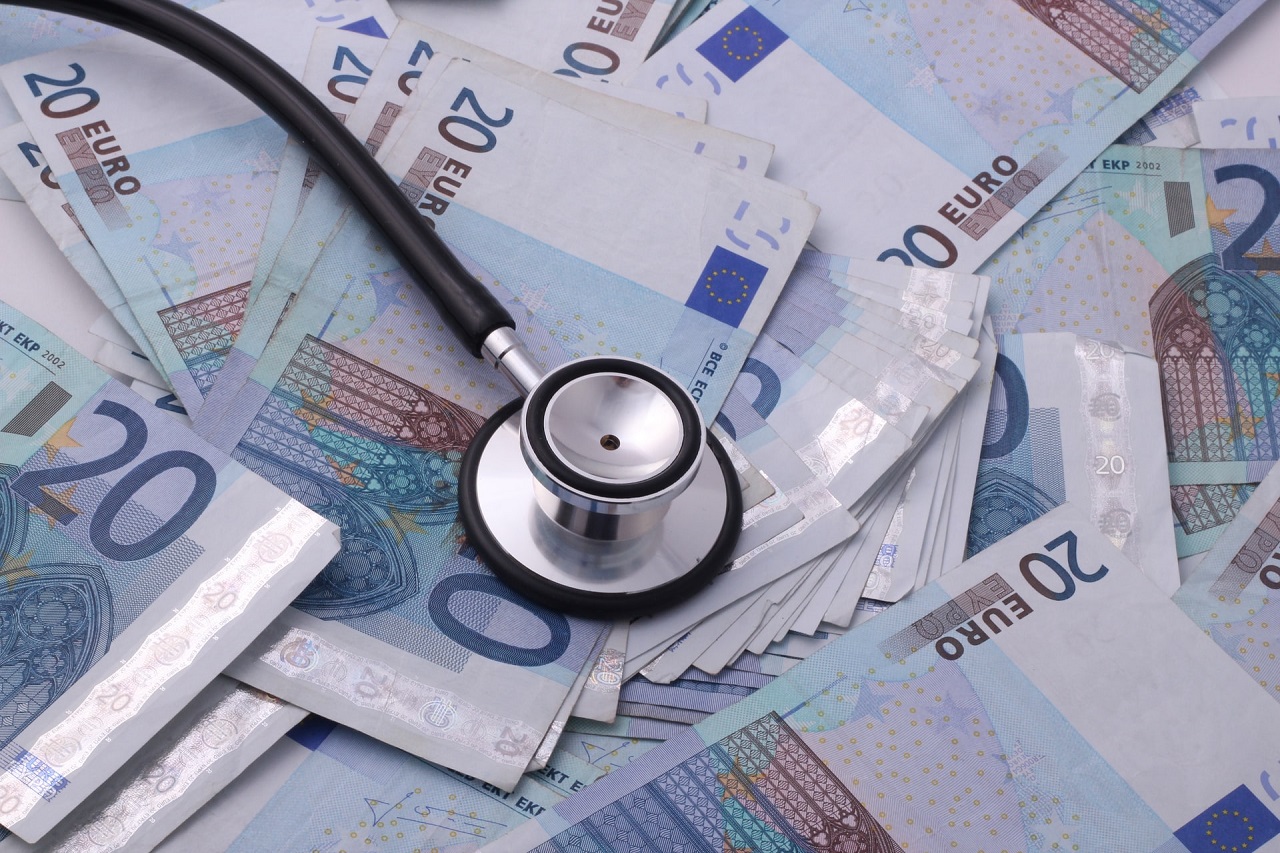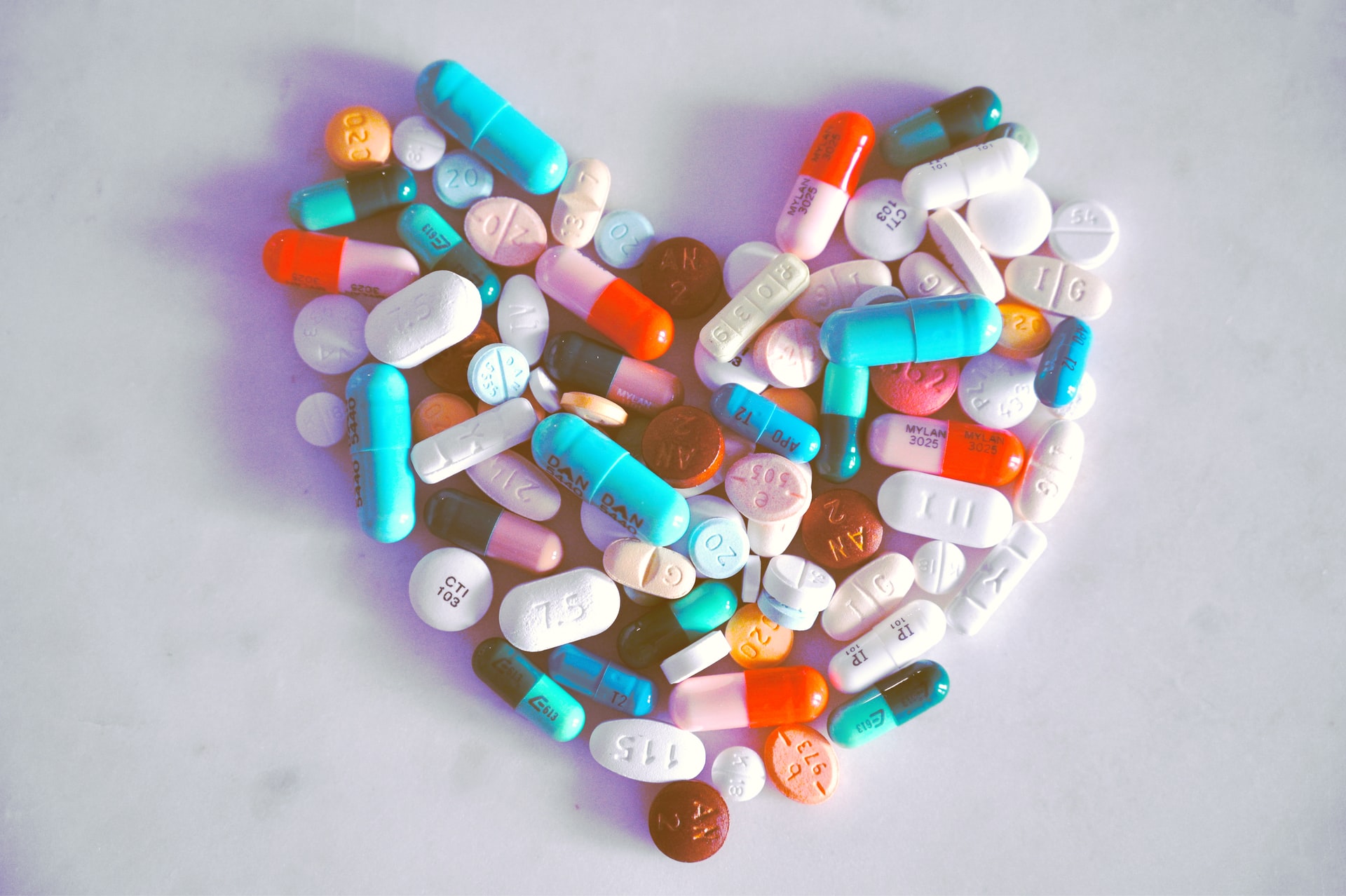Big Pharma - The Good, The Big, And The Bad
Thanks to Big Pharma, people can improve their health and find treatment for their illnesses. Still, is there any likelihood that they can harm people whom they’re supposed to help and protect? What happens if there are? And they proceed doing it?
Author:Hajra ShannonReviewer:Paula M. GrahamDec 12, 20221 Shares128 Views

Talk about science-based medicines and profit-driven actions, with remarks containing the words “powerful” and “controversial” and you get to discuss Big Pharma.
And people have been doing so for the past decades.
More so in recent years during the global outbreak of the coronavirus disease 2019 (COVID-19).
Patients, housewives, scientists, medical professionals, advocates, journalists, and politicians all talk about the pharmaceutical industry.
Even Tom Cruise and Russell Brand pitched in their opinions.
These talks would include the nice stuff – along with the criticisms and condemnations.
From time to time, the Big Pharma improves the efficacy of medicines and introduces new ones to combat long-time existing and novel diseases.
Splendid!
However, they also do things that lead to public outrage and multimillion-dollar lawsuits, with some amounting to billions.
It’s good that there are pharmaceutical firms that create medicines for people.
But what’s also wrong with Big Pharma?

How Mark Cuban Is Trying to Disrupt Big Pharma | WSJ
What Does Big Pharma Mean?
Big Pharma refers to the largest (hence, “big”) pharmaceutical (shortened to “pharma”) companies in the world.
Think of Pfizer. Think of Johnson & Johnson.
GlaxoSmithKline and Sanofi.
A pharmaceutical company produces different kinds of medicines.
Here’s one definition from Clarity Pharma, a U.K.-based consultancy firm that works with the world’s pharmaceutical companies:
“„‘Big Pharma’ is used as a collective term to describe the global pharmaceutical industry as a whole.
Part of Big Pharma is the Pharmaceutical Research and Manufacturers of America (PhRMA).
Headquartered in Washington, PhRMA is a trade group founded in 1958.
The Truth About The Pharmaceutical Industry
People need Big Pharma.
That’s true.
Medicines can improve health. They can also prolong lives.
Access to Medicine Foundation, an organization in the Netherlands, with Bill & Melinda Gates Foundationas one of its sponsors, said:
“„Five billion people have access to medicine.
According to the Health Policy Institute at Georgetown University in Washington, approximately 66 percent of adults in the U.S. take prescription drugs.
That would be over 131 million people.
Unlike over-the-counter drugs, prescription drugs require a doctor’s prescription.
Other facts and figures concerning Big Pharma include the following:
Big Pharma Is HUGE
Big Pharma is simply the pharmaceutical industry, one of the world’s largest industries.
Based on a 2022 World Bank article, ten pharmaceutical firms hold an estimated “42 percent of global market share.”
In 2001, per Statista, the global pharmaceutical market was valued at $390 billion.
Twenty years later, at the end of 2021, it skyrocketed to $1.42 trillion.
From 2021 to 2028, the market is predicted to experience an estimated 11.34 percent compound annual growth rate, according to California-based Grand View Research.
Big Pharma Is U.S. + Europe
American and European companies comprise most of the players in the pharmaceutical industry.
As of 2020, according to non-profit media outlet The Conversation, the top five were:
- Pfizer (U.S.)
- Roche (Switzerland)
- Novartis (Switzerland)
- Merck (U.S.)
- GlaxoSmithKline (U.K.)
Big Pharma Is Rich
In America, about 860.4 million medicines were prescribed or given by doctors in 2018 alone, revealed the U.S. National Center for Health Statistics.
Imagine its monetary equivalent.
Big Pharma made a gross profit (earnings less cost) of $8.6 trillion from 2000 to 2018.
That’s according to a study published by the Journal of the American Medical Association (JAMA) in 2020.
The following are the market values of some of those belonging to Big Pharma, per The Motley Fool (2022):
- Johnson & Johnson – $276 billion
- Novartis – $273 billion
- Pfizer – $212 billion
- Merck – $164 billion
- GlaxoSmithKline – $103 billion
Big Pharma Is Powerful
As they say, money talks.
Big Pharma wields substantial influence in society, economy, and politics.
These pharmaceutical companies,for example, can influence the decisions of U.S. legislators on drug pricing.
That’s what the AARP (American Association of Retired Persons) is fighting for.
Bill Sweeney, AARP’s senior vice president of government affairs, said, as quoted by American political website The Hill:
“„We know that pharma has a lot of lobbyists and a lot of money, but we have a lot of people.
One of those being persuaded to decide in favor of pharmaceutical companies is U.S. Senator Catherine Cortez Masto of Nevada.
The Democrat senator said in the Senate:
“„“They don’t want their profits cut. So, they’re trying to frighten Nevadans and pressure me to vote against a bill that would help my constituents.”
It’s always been a tough battle with pharmaceutical companies.
Big Pharma, according to Washington-based research organization OpenSecrets, spent approximately $187.4 million (January-June 2022) on lobbying.
The Hill disclosed that PhRMA is the top lobbyist of Big Pharma.
“„We’re dealing with the power of PhRMA over the Congress. They don’t lose very often.
In the 2020 U.S. elections, pharmaceutical companies wrote checks for campaign funds, according to news site STAT.
The recipients were 72 senators and 302 congressmen/congresswomen.
Big Pharma Spends Little On R&D
Despite its deep pockets, not to mention, one of the primary noble reasons for its existence, Big Pharma spends less on research and development.
An article published by Drugwatch referred to a 2012 article by The BMJ, a medical trade journal, to support such a claim.
The author, Kristin Compton, MHA (Master of Healthcare Administration), wrote:
“„For every $1 spent on ‘basic research,’ Big Pharma spends $19 on promotions and advertising.
Here’s a table to show the percentage of R&D expenses by some pharmaceutical companies, courtesy of Drug Discovery & Development:
| Big Pharma | Percentage of Revenue that Goes to R&D |
| AbbVie | 12.6 percent |
| GlaxoSmithKline | 14 percent |
| Janssen (Johnson & Johnson’s pharmaceutical company) | 22.8 percent |
| Novartis | 18.5 percent |
| Pfizer | 17 percent |
The author recommends reading The Truth About the Drug Companies: How They Deceive Us and What to Do About It (2004)by Marcia Angell.
In that book, this American internist and pathologist “exposes the shocking truth of what the pharmaceutical industry has become,” according to Amazon.
Dr. Angell, 83, a former editor-in-chief of The New England Journal of Medicine(the first woman to be), taught at Harvard Medical School.
Biggest Pharma Scandals
There’s one definition of “Big Pharma” that explicitly tells why it gets embroiled in controversy.
Provided by a contributor with the username “Simmaniac” at Urban Dictionary:
“„Large pharmaceutical companies who pour more money into advertising, marketing, and political lobbying than they do into research, development, production, and distribution of medication.
In 2021 alone, pharmaceutical firms spent close to $263 million on lobbying, reported CBS Evening News.
What were they lobbying for?
Big Pharma has been making a lot of controversial and debatable decisions and actions for the past decades.
Lawsuit Against Big Pharma
Between 2009 and 2016, several pharmaceutical companies tried to manipulate and increase the prices of over 80 generic drugs.
There were 26 of them – including Pfizer – that faced a lawsuit filed by “a coalition of 51 U.S. states and territories” in June 2020, according to Pharmaceutical-Technology.com.
Speaking of Pfizer, this Big Pharma paid some $3 billion on lawsuits and settlements from 2002 to 2010.
That’s based on an article published by the journal Health Policy in May 2010.
Its biggest settlement so far amounted to $2.3 billion (paid in September 2009). The breakdown, per legal online resource Enjuris:
- for promoting illegal drugs – $1 billion
- criminal fines – $1.3 billion
Other violators:
| Big Pharma | Amount of Settlement/Penalty & Year |
| McKesson, AmerisourceBergen, Cardinal Health, and Johnson & Johnson | $26 billion (2022) |
| GlaxoSmithKline | $3 billion (2012) |
| Johnson & Johnson | $2.2 billion (2013) |
| Abbott | $1.5 billion (2012) |
| AstraZeneca | $520 million (2010) |
Enjuris said that those 26 Big Pharma bribed doctors to prescribe drugs not approved by the U.S. Food and Drug Administration.
They likewise engaged in “deceptive marketing.”
Big Pharma Bribing Doctors
If you’re going to ask American academic Carl Elliott, Ph.D., it’s obvious why pharmaceutical companies would bribe doctors.
Big Pharma, as a business entity, needs a middleman to sell its products.
Pharmaceutical companies pay doctors “to market their drugs.”
That’s Elliot’s views expressed in his article published by the journal Neurology Clinical Practicein 2014.
And that’s what Novartis did.
In 2011, a whistleblower narrated how his employer, a Swiss pharmaceutical company, bribed doctors to prescribe ten of its medicines.
Oswald Bilotta, a former sales representative at Novartis, exposed how the company disguised the bribes in the form of incentives, reported NBC News.
Novartis paid a $678-million settlement.
In 2019, the CEO of Insys Therapeutics, John Kapoor, and four other employees went to jail for bribery amounting to millions.
Insys Therapeutics paid doctors to prescribe opioids.
According to a 2019 Associated Press report, approximately 2 million people in the U.S. were addicted to opioid.
From 2009 to 2017, an estimated 400,000 died because of opioid overdose.
The said Big Pharma went as far as hiring strippers to act as medical representatives.
They would give doctors a lap dance as part of the marketing tactics of Insys Therapeutics.

Corruption in Big Pharma | John Abramson and Lex Fridman
Another book suggestion by the author: Bad Pharma: How Drug Companies Mislead Doctors and Harm Patients (2012)by British physician Ben Michael Goldacre.
People Also Ask
How Many Large Pharmaceutical Companies Are There?
In terms of market capitalization (in billions), there are, according to Visual Capitalist:
- 6 in Asia (market cap not lower than $30 billion)
- 6 in Europe (not lower than $100 million)
- 8 in North America (not lower than $100 million)
Which Country Has The Biggest Pharma Industry?
In 2020, that would be the U.S., according to Statista.
Sales for the said year reached $530 billion.
Who Is America’s Biggest Pharma?
It’s Johnson & Johnson (est. 1886), with headquarters in New Jersey.
Market cap as of 2021 (per Visual Capitalist): $428.7 billion.
Which Country Is Known As Pharmacy Of The World?
That would be India.
In terms of volume, India is the world’s third largest producer of medicines, according to The Conversation.
Conclusion
Big Pharma makes it possible for people to heal and recover from their illnesses.
Through medicines, they can continue living despite certain medical conditions.
But greed sneaks in.
According to California-based news organization Truthout, this 2022, pharmaceutical companies increased drug prices several times.
Specifically, how many times?
They did so 1,186 times.
People could utter expletives against pharmaceutical companies but they need medicines.
Big Pharma could then be a hard pill to swallow.

Hajra Shannon
Author

Paula M. Graham
Reviewer
Latest Articles
Popular Articles


